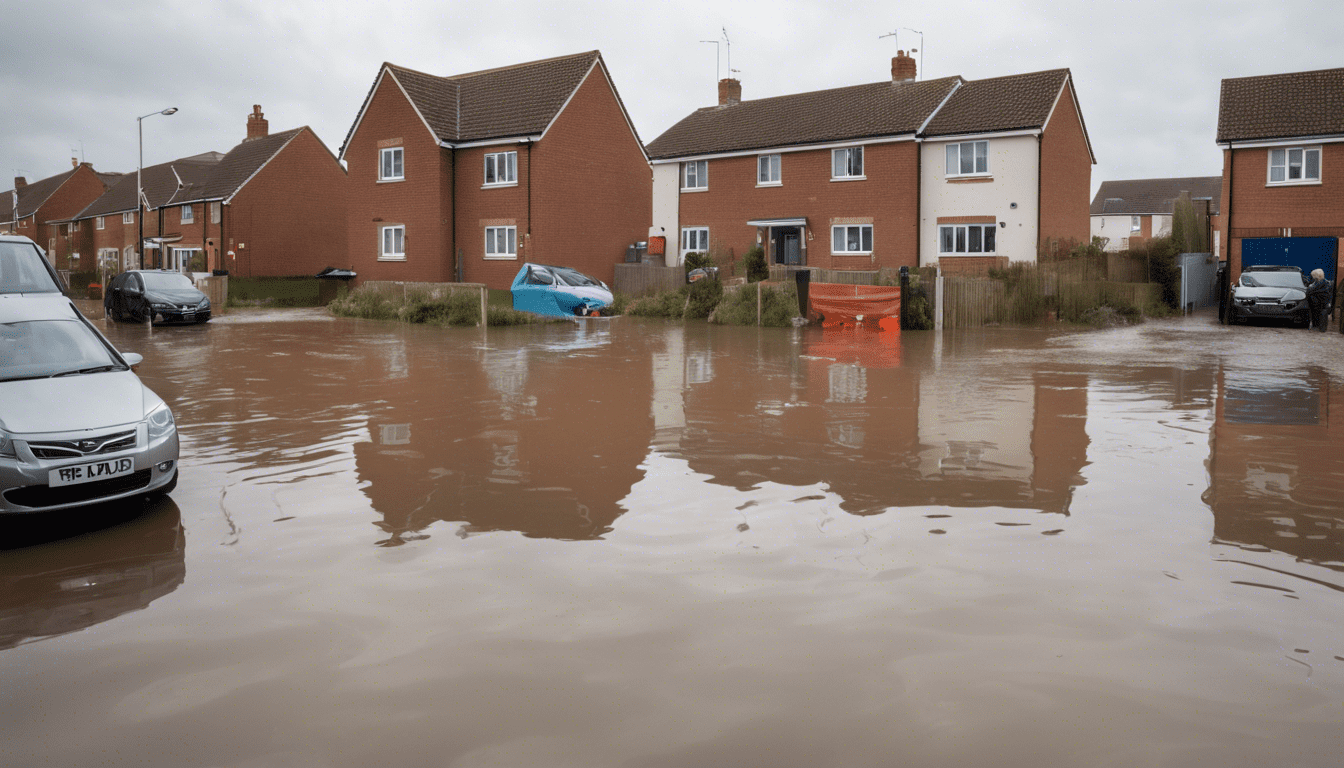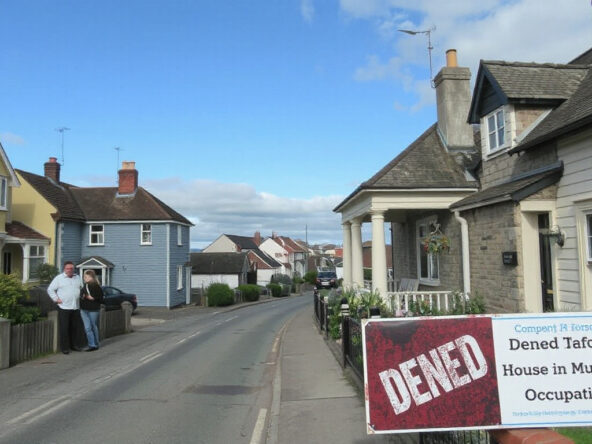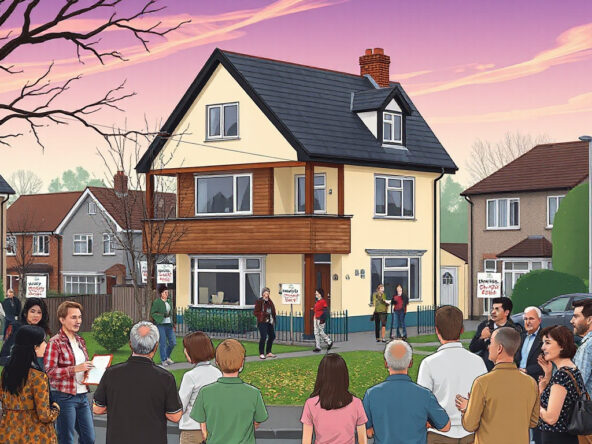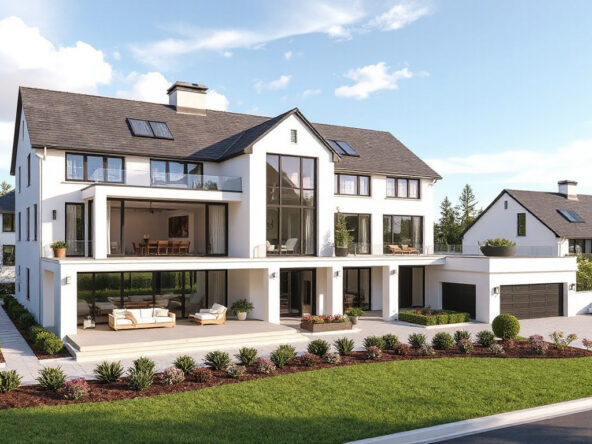In a contentious decision, the Somerset Council’s planning committee has given the green light to a 30-bed House in Multiple Occupation (HMO) located on Friarn Street in Bridgwater. This approval has ignited debates among local residents and leaders, particularly regarding heightened flood risks from the nearby Durleigh Brook and inadequate parking facilities. Local leaders such as Bridgwater Town Council leader Brian Smedley have raised alarm over these concerns, arguing that the development contributes to an already precarious environmental situation in the area. The plan, which received a majority approval from the council, has sparked fears of over-development, given that several other housing projects have also been greenlit recently.
Key Takeaways
- The approved HMO in Bridgwater raises significant concerns about increased flood risks.
- Local leaders are worried that the new development will exacerbate existing parking problems in the area.
- The decision has sparked a debate over the implications of over-development on community infrastructure.
Flood Risk Concerns and Environmental Impact
In November 2024, the Somerset Council’s planning committee made headlines by approving a controversial 30-bed House in Multiple Occupation (HMO) on Friarn Street in Bridgwater, a decision met with strong opposition from local leaders. Concerns were raised primarily regarding the heightened flood risks posed by the development, particularly from the adjacent Durleigh Brook, which has a history of overflow issues. Bridgwater Town Council leader Brian Smedley voiced his apprehension, emphasizing that this decision could exacerbate flooding problems in the area that already faces significant environmental challenges (Smith, 2024). Additionally, criticisms arose about inadequate parking provisions, with Smedley and his colleagues arguing that the site’s development could worsen existing issues in the town’s parking infrastructure. Although some councillors, like Alastair Hendry, downplayed the parking concerns by suggesting that HMO residents typically do not own cars, many remain unconvinced. Ultimately, the vote concluded with seven in favor and three against, allowing the project to proceed despite these substantial reservations (Johnson, 2024). Such developments have sparked ongoing conversations about over-development in Bridgwater and the need for careful consideration of environmental impacts before further housing projects are approved.
Parking Issues and Local Community Response
The decision has led to a mixed response from the local community, with some residents expressing disappointment and frustration over the council’s prioritization of housing developments over environmental sustainability. Many community members are voicing their concerns through social media platforms, organizing petitions and planning public discussions to advocate for more stringent planning regulations (Martin, 2024). Activists argue that instead of adding more multi-occupancy homes, the council should focus on improving existing infrastructure and addressing flooding risks comprehensively. Additionally, local businesses have expressed fears that insufficient parking could deter customers, potentially harming economic growth in the area. This situation highlights the ongoing tension between development needs and community well-being, steering attention towards the importance of inclusive dialogue in future planning decisions (Taylor, 2024). As the community mobilizes, the future of similar developments in Bridgwater remains uncertain, raising the question of how local councils will balance growth with environmental and infrastructural responsibilities.
Please ask us questions via WhatsApp, email, or direct messaging.




